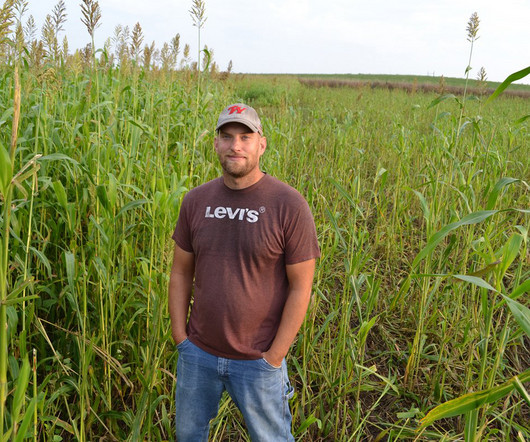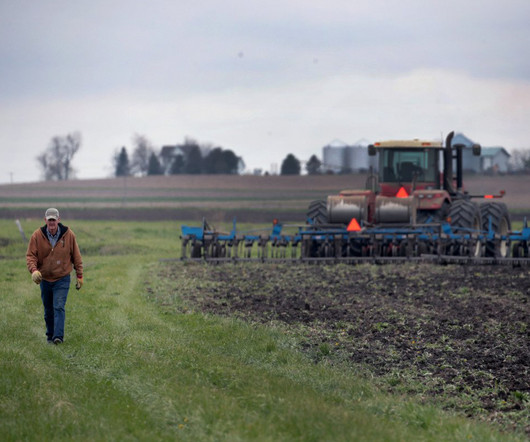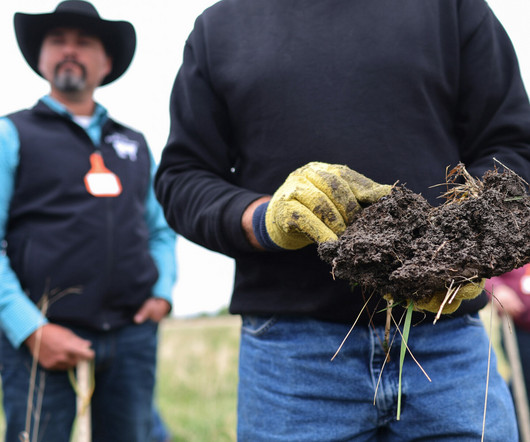Whose Farm Is More Sustainable? Calculating Farm Sustainability.
DTN
JULY 24, 2023
Two neighbors, Farmer A and Farmer B: both farm 1,000 acres and use the same crop rotation schedule. reduced tillage, cover crops, treed acres). Trackable events include plowing, minimum-till cultivation, crop rotation, crop type, cover crop presence, irrigation events, harvest date, and crop residue presence.












Let's personalize your content